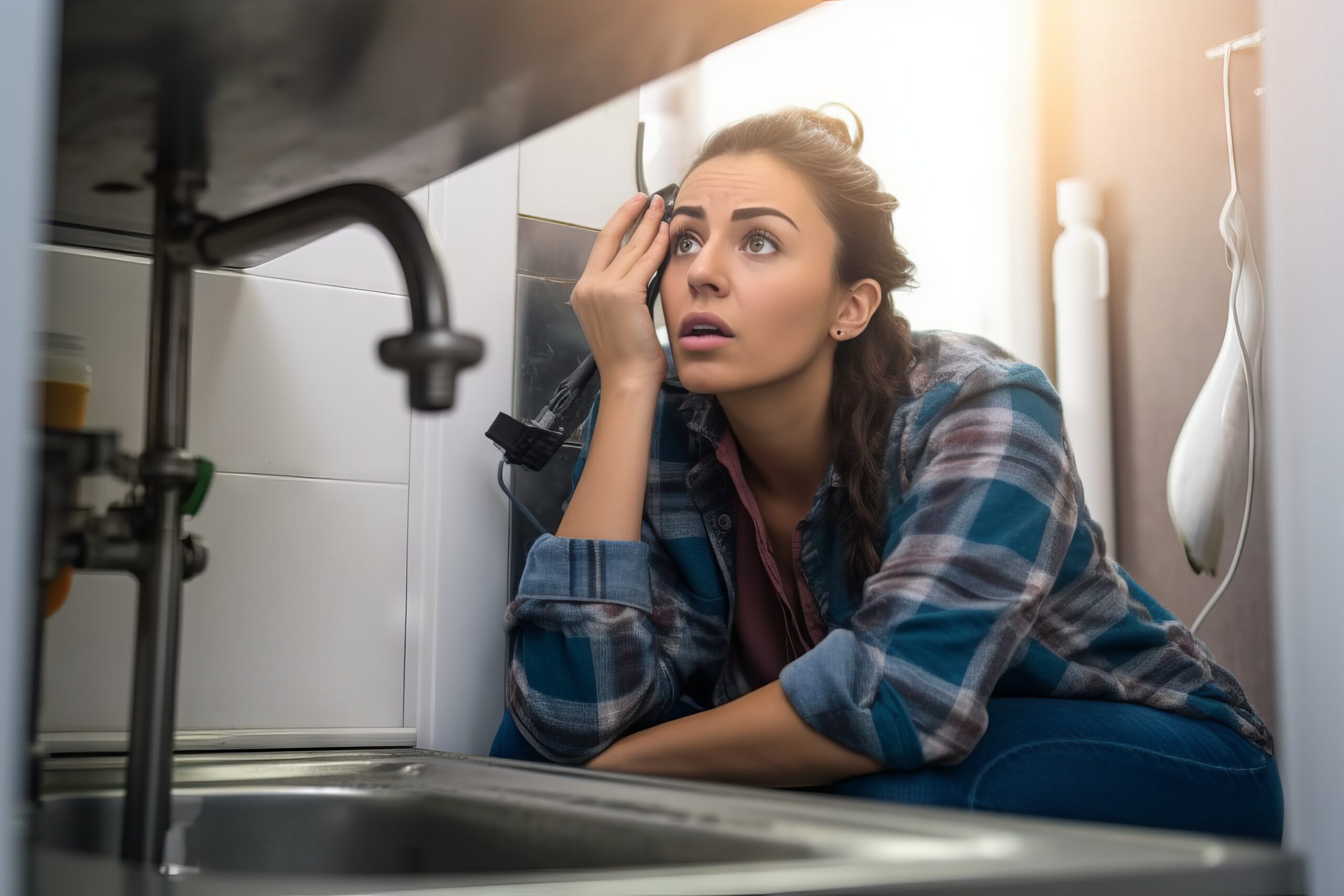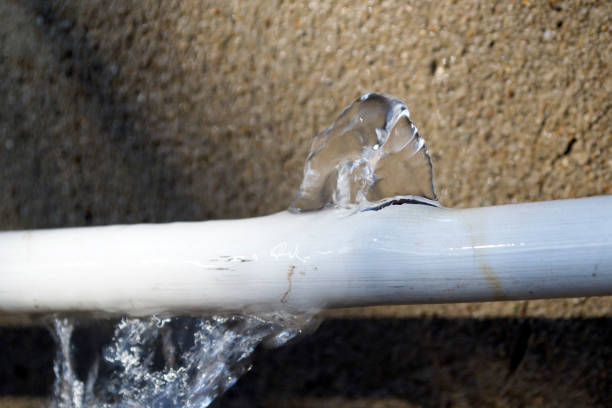Addressing Plumbing Issues in Older Homes: Proven Strategies
Addressing Plumbing Issues in Older Homes: Proven Strategies
Blog Article
The article further down pertaining to Plumbing Problems In Old Homes is extremely captivating. Try it and draw your own personal assumptions.

Older homes usually include charm, personality, and history, yet they can likewise bring a host of plumbing concerns. Whether you're managing maturing pipelines, low water pressure, or leaks, recognizing how to resolve these common troubles is important to keeping a secure and useful home. In this guide, we'll explore the normal pipes obstacles encountered by older homes and offer sensible options to keep your plumbing in leading form.
Understanding Typical Pipes Problems
Aging Pipelines
One of one of the most typical problems in older homes is maturing pipes. Depending on the era in which your home was built, the pipelines may be made from products that have worn away in time, such as galvanized steel, cast iron, or even lead. These materials can rust, end up being fragile, or develop leaks, bring about water damages and possible health hazards.
Low Water Pressure
If you're experiencing low water stress, it could be due to mineral deposits, deterioration inside the pipelines, or old components that are no more working successfully. This can be a significant aggravation, especially in areas like showers and sinks.
Dripping Pipelines
Leakages are another frequent problem in older homes, often triggered by rusty or damaged pipes. Even little leakages can lead to significant water damage, mold and mildew growth, and boosted water costs if not attended to without delay.
Outdated Fixtures
Out-of-date pipes components such as taps, toilets, and showerheads not only look old however might likewise be much less effective, vulnerable to leakages, or inappropriate with modern-day pipes standards.
Pipe Corrosion
Corrosion is a typical issue in older pipes, especially those made from galvanized steel or actors iron. Rusty pipelines can restrict water flow, trigger discoloration, and ultimately cause leakages or pipeline ruptureds.
Examining the Problem of Your Pipes
Evaluating Visible Pipelines
Begin by checking any type of visible pipes in your home, such as those in basements, crawl spaces, or under sinks. Search for indications of rust, leaks, or rust, which can show underlying concerns.
Looking for Leakages
Look for leakages by evaluating locations around taps, bathrooms, and under sinks. You can likewise monitor your water meter prior to and after a period of no water make use of to discover covert leakages.
Water Top Quality Screening
Older pipes can affect the top quality of your water. Conduct a water high quality test to check for contaminants such as lead, corrosion, or other impurities that might be presented by maturing pipes.
Solutions for Common Pipes Problems
Replacing Aging Pipelines
If your home has old, wearing away pipes, consider changing them with contemporary materials like copper or PEX. This can be a substantial financial investment, but it will protect against future issues and enhance the security and integrity of your plumbing system.
Dealing With Low Water Stress
To repair low tide pressure, beginning by cleaning or changing old fixtures and getting rid of mineral accumulation in the pipelines. If the issue persists, it might be needed to replace areas of corroded pipes.
Fixing and Replacing Dripping Pipes
For tiny leaks, you can make use of pipe clamps or epoxy putty as a short-lived fix. Nonetheless, it's best to change leaking pipelines entirely to prevent more damage.
Updating Fixtures
Upgrading old components to modern, water-efficient designs can improve your home's pipes efficiency and minimize water usage. Look for fixtures with the WaterSense label for the best effectiveness.
Dealing with Pipeline Deterioration
If your pipes are rusted, replacing them with corrosion-resistant products like copper, PVC, or PEX is the most effective solution. Routine examinations and water quality maintenance can help avoid better deterioration.
When to Call a Professional
While some plumbing issues can be managed with do it yourself options, there are times when it's ideal to call in a specialist. If you're dealing with major leaks, comprehensive rust, or are not sure regarding the condition of your pipes, an accredited plumbing professional can give skilled analysis and fixing.
Preventive Maintenance Tips
Regular Examinations
Regularly examine your plumbing system for signs of deterioration. Capturing concerns early can protect against costly repair services down the line.
Water Pressure Policy
Guarantee your water pressure is within the advised range to avoid stressing your pipelines and fixtures. A plumbing technician can set up a stress regulator if needed.
Water Top Quality Maintenance
Mount water filters or softeners if your water high quality is poor. This can safeguard your pipes and components from damages caused by tough water or impurities.
Positive Pipe Replacement
If your home has very old pipelines, take into consideration aggressive replacement before significant concerns develop. This can conserve you from emergency repair work and water damage.
Final thought
Handling plumbing issues in older homes calls for a mix of watchfulness, precautionary maintenance, and timely upgrades. By recognizing the usual difficulties and knowing when to look for specialist aid, you can guarantee your plumbing system continues to be useful and trusted for many years ahead.
Common Plumbing Issues in Older Homes and How to Fix Them
Owning an older home in Australia comes with its unique charm and a set of challenges, especially when it comes to plumbing. The Sunshine Coast has many older properties that can harbour plumbing problems that aren t just inconvenient but potentially costly. Here s a look at some common plumbing issues in older homes and expert advice on how to handle them.
Outdated Piping Materials
Many older homes were built with galvanised steel, cast iron, or even lead pipes, materials that are far from ideal by today s standards. Galvanised pipes are prone to corrosion and clogging, while lead pipes pose serious health risks.
How to Fix:
Replacing old pipes is a job for a professional. Upgrading to copper or PVC piping not only enhances water quality and flow but also increases the property s safety and value. If you suspect your home has outdated materials, a licensed plumber can conduct a thorough inspection and recommend the best course of action.
Corrosion and Pipe Degradation
Over time, exposure to water and minerals can cause pipes to corrode, leading to leaks, bursts, and water contamination. Corrosion is especially common in homes over 50 years old.
How to Fix:
Regular inspections can catch early signs of corrosion. If corrosion is found, the affected section of piping often needs to be replaced. For homes with extensive corrosion, a complete plumbing overhaul might be necessary. It s crucial to consult with a plumbing expert to understand the extent of the issue.
Tree Root Intrusion
Older neighbourhoods usually have mature trees whose roots can intrude into pipe lines, causing blockages or damage. This is particularly problematic for sewer lines, where roots seek out water sources.
How to Fix:
A plumber can use a specialised camera to inspect sewer lines for root intrusion. If roots are a problem, methods like root cutting or hydro-jetting can clear the obstruction. In severe cases, part of the pipe may need replacing. Consider root barriers around the piping to prevent future issues.
Inadequate Water Pressure
Low water pressure in older homes can be due to various factors, including corroded water lines, sediment build-up in pipes, or outdated fixtures.
How to Fix:
First, check if the low pressure is isolated to one area or throughout the house. Replacing old fixtures can sometimes resolve the issue. However, if the problem is more widespread, it might be due to sediment or corrosion. Flushing the system or replacing the affected pipes usually restores normal pressure. Again, a professional assessment is advisable.
Outdated Fixtures
Older homes often feature fixtures that are not only visually dated but functionally inefficient. This includes everything from toilets and taps to showerheads and washing machine hoses.
How to Fix:
Updating these fixtures can improve both water efficiency and the aesthetic appeal of your home. Modern fixtures are designed to conserve water, which can significantly reduce your water bill and lessen your environmental impact.
Conclusion
Maintaining the plumbing in an older home requires a proactive approach. Regular checks and updates are key to preserving these beautiful properties. If you re facing plumbing issues in your older home, it s best to call on experienced professionals like Green & Gold Plumbing & Gas. With the right expertise, even the most daunting plumbing problems can be resolved, ensuring that your home s character is maintained while its functionality is enhanced.
https://gandgplumbing.com.au/common-plumbing-issues-in-older-homes-and-how-to-fix-them/

I was made aware of that report about Main Plumbing Issues Found in Old Houses from an associate on our other web address. In case you enjoyed reading our blog posting if you please make sure you remember to pass it around. Thanks so much for going through it.
Call Today Report this page